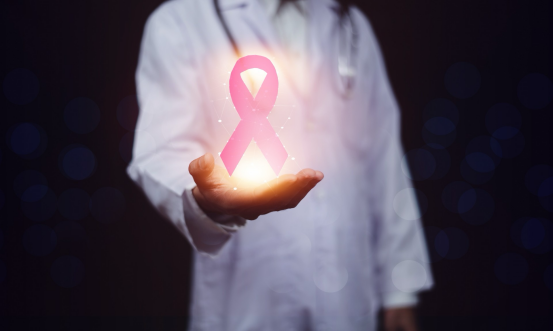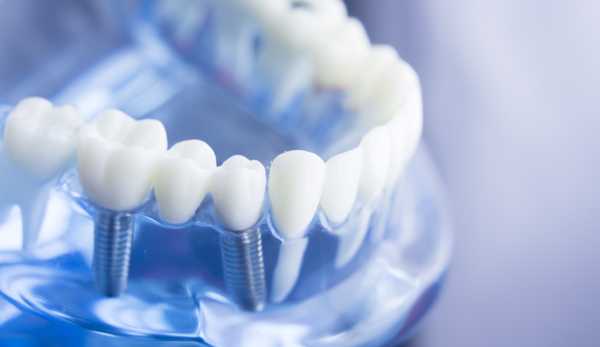エコキュートの交換を検討中の方へ|費用相場、業者選びのポイントを完全解説
Understanding Triple-Negative Breast Cancer: A Comprehensive Overview
Triple-negative breast cancer (TNBC) is a particularly aggressive subtype of breast cancer that accounts for approximately 10-15% of all breast cancer diagnoses. Unlike other forms of breast cancer, TNBC does not express the three most common receptors—estrogen, progesterone, and HER2—which are often targeted in conventional breast cancer therapies. This absence of receptors makes TNBC harder to treat with standard treatments like hormone therapy or HER2-targeted drugs.
Triple-negative breast cancer (TNBC) is a particularly aggressive subtype of breast cancer that accounts for approximately 10-15% of all breast cancer diagnoses. Unlike other forms of breast cancer, TNBC does not express the three most common receptors—estrogen, progesterone, and HER2—which are often targeted in conventional breast cancer therapies. This absence of receptors makes TNBC harder to treat with standard treatments like hormone therapy or HER2-targeted drugs.

What is Triple-Negative Breast Cancer?
Triple-negative breast cancer (TNBC) is defined by the lack of three key receptors that are present in most breast cancers:
- Estrogen Receptor (ER): Typically, cancer cells are fueled by estrogen, but in TNBC, these receptors are absent.
- Progesterone Receptor (PR): Similarly, progesterone does not affect TNBC cells.
- HER2 (Human Epidermal Growth Factor Receptor 2): HER2-positive breast cancers are more aggressive, but TNBC lacks this receptor too.
Without these targets, TNBC is more difficult to treat and often requires a more aggressive treatment approach.
What Causes Triple-Negative Breast Cancer?
There are several factors that can increase the risk of developing TNBC:
- Genetics: A family history of breast cancer or inherited mutations in the BRCA1 genegreatly increase the risk of TNBC. Women with a BRCA1 mutation are more likely to develop this aggressive type of breast cancer.
- Lifestyle Factors: A lack of physical activity or a sedentary lifestyle has been linked to an increased risk of TNBC.
- Age at Childbirth: Women who have children later in life, especially after age 30, have a higher risk of TNBC.
- Hormone Therapy: Prolonged use of hormone replacement therapy (HRT) can also contribute to the development of TNBC.
- Vitamin D Deficiency: Research suggests that low vitamin D levels may increase the risk of developing breast cancer, including TNBC.
Common Symptoms of Triple-Negative Breast Cancer
TNBC shares many symptoms with other forms of breast cancer, which may include:
- A lump in the breast or underarm
- Changes in breast size or shape
- Pain or swelling in the breast
- Nipple inversion or unusual discharge
- Skin changesaround the breast
If any of these symptoms occur, it is important to consult with a healthcare professional for further evaluation.
Stages of Triple-Negative Breast Cancer
TNBC progresses in stages, from localized to metastatic:
- Stage 0: Abnormal cells are present, but have not spread to nearby tissues.
- Stage 1: The cancer is small and confined to the breast or a nearby lymph node.
- Stage 2: The cancer has spread to more lymph nodes, but remains localized.
- Stage 3: Cancer spreads to surrounding tissues such as muscles or skin, but not yet to distant organs.
- Stage 4: Metastasis occurs, and cancer spreads to other organs, such as the liver, lungs, or bones.
Treatment for Triple-Negative Breast Cancer
Treatment for TNBC generally involves a combination of surgery, chemotherapy, and radiation:
- Surgery: This may involve a lumpectomy(removal of the tumor) or mastectomy (removal of one or both breasts) to eliminate cancerous tissue.
- Chemotherapy: Chemotherapy is often used before surgery to shrink the tumor or after surgery to eliminate remaining cancer cells. TNBC tends to respond well to chemotherapy, though it can cause significant side effects.
- Radiation Therapy: Targeted radiation therapy may be used after surgery to kill any residual cancer cells that may remain in the breast area.
Side Effects of Treatment
While treatments for TNBC can be effective, they may also lead to several side effects, including:
- Fatigue: Many patients experience significant fatigue, especially after chemotherapy and radiation.
- Nausea: Chemotherapy often causes nausea, though medication can help manage this side effect.
- Skin Reactions: Radiation therapy can lead to redness, peeling, or soreness in the treated area.
- Lymphedema: Removal of lymph nodes can cause swelling, particularly in the arm, due to a buildup of lymphatic fluid.
Diet and Lifestyle Changes to Support Treatment
Adopting a healthy lifestyle can play a crucial role in supporting cancer treatment and recovery:
- Nutrient-rich Diet: Consuming foods rich in antioxidants and phytochemicals, such as green leafy vegetables, berries, turmeric, and soy, can help in fighting cancer.
- Regular Exercise: Staying active not only improves overall health but may also help reduce fatigue and improve emotional well-being during treatment.
- Avoid Processed Foods: Minimizing the intake of processed foods, sugary items, and excessive salt can improve overall health and well-being during cancer treatment.
Prognosis and Survival Rate
The prognosis for TNBC varies depending on the stage at diagnosis. Early-stage TNBC has a relatively favorable survival rate of 91% over five years. However, because TNBC is aggressive and more likely to recur, especially within the first few years, continuous monitoring and follow-up care are essential. Advancements in treatments, such as immunotherapy, are improving outcomes for TNBC patients.
Conclusion
While triple-negative breast cancer presents unique challenges due to the lack of targeted treatments, it is still treatable with aggressive therapies. Early diagnosis, timely treatment, and maintaining a healthy lifestyle are key factors in managing the disease and improving outcomes. By understanding the symptoms, stages, and available treatments for TNBC, patients can make informed decisions and take proactive steps in managing their health.











